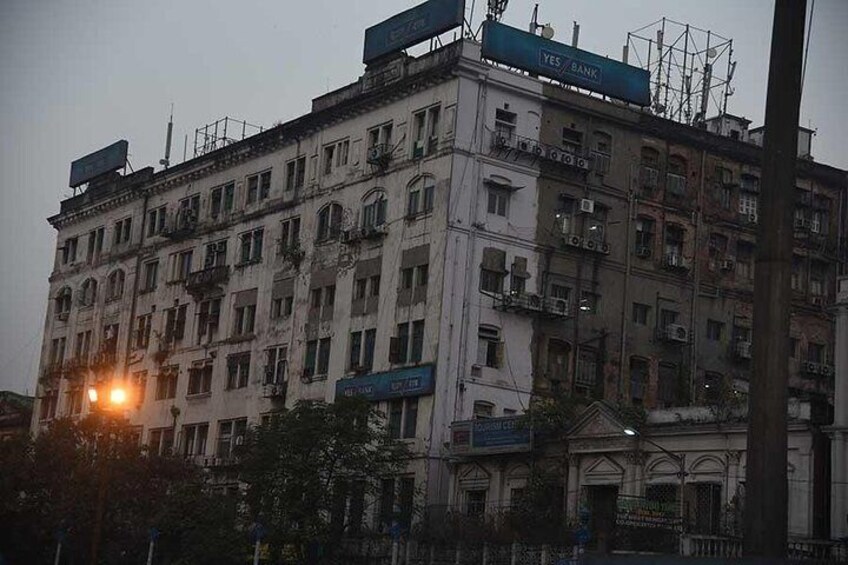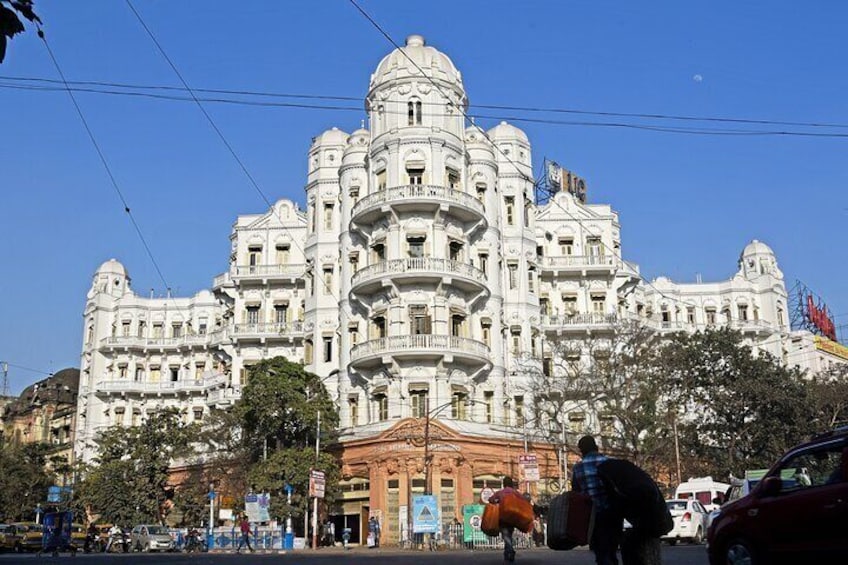Members save 10% or more on over 100,000 hotels worldwide when you’re signed in





Audio Guided Tour Through Dalhousie or BBD Bagh Area, Kolkata
Features
- 2h 10m
- Mobile voucher
- Instant confirmation
Overview
A walk through HopOn India app around Dalhousie Square or BBD Bag as they call it today. It is the central district of Kolkata and was once the administrative and commercial hub of British India.
The most special features of this experience are : 1. The App opens up new places and new stories for you in the same old cities 2. Each walk is crafted like a masterpiece to offer an immersive experience to the traveller with the correct mix of history, culture, myth, food , through professional narration, with background scores of music, qawalli or sound affects, here and there 3. There is no need for you to depend on a guide - the traveller can take the walk anytime as per will, at his/ her own pace 4. The content is developed by domain experts and curated with utmost care, leaving no room for dependence on the guide's knowhow 5.You pay once for three months and need not pay the guide repeatedly.
Activity location
- Curzon Park
- Rashmoni Avenue
- 700069, Kolkata, West Bengal, India
Meeting/Redemption Point
- 14
- 14 Chowringhee North
- 700069, Kolkata, West Bengal, India
Check availability
Audio Guided Tour Through Dalhousie or BBD Bagh Area, Kolkata
- 2h 10m
- English
What's included, what's not
- The tour can be accessed multiple times up to a certain validity period
- Audio Guided Walking Tour Through HopOn India App
- Headphones/Earphones (We request please carry your Headphones/Earphones)
- Hand Sanitizer (We suggest please carry Hand sanitizer)
Know before you book
- Public transportation options are available nearby
- Suitable for all physical fitness levels
Activity itinerary
Curzon Park
- 15m
Esplanade Mansion Life Insurance Corporation
- 15m
Raj Bhavan
- 5m
The LaLiT Great Eastern Kolkata
- 5m
Cooke & Kelvey Building
- 5m
Standard Life Assurance Building
- 15m
Treasury Building (AG Bengal)
- 15m
St. John's Church
- 15m
HSBC Branch & ATM
- 5m
Royal Insurance Building
- 15m
General Post Office
- 15m
Kolkata Collector Office
- 15m
Writers' Building
- 15m
St. Andrew's Church ( C.N.I )
- 15m
लाल दीघि
- 15m
Location
Activity location
- Curzon Park
- Rashmoni Avenue
- 700069, Kolkata, West Bengal, India
Meeting/Redemption Point
- 14
- 14 Chowringhee North
- 700069, Kolkata, West Bengal, India